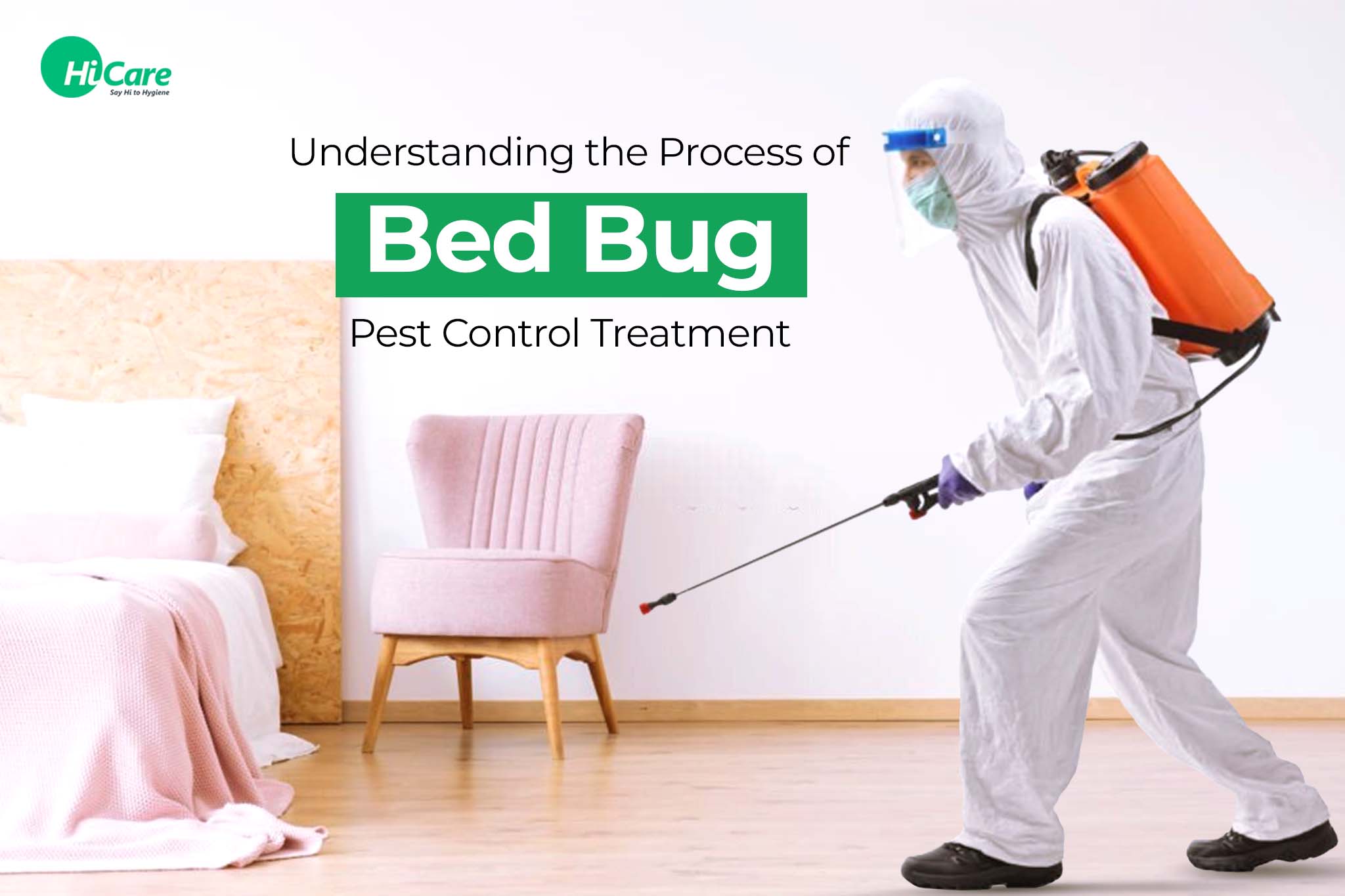Understanding the Lifecycle of Pests for Targeted Control Strategies
Understanding the lifecycle of insects is a fundamental aspect of effective insect administration approaches. By understanding the numerous stages of advancement that bugs go through, a much more targeted and specific approach can be adopted to manage their populaces. This expertise not just loses light on the susceptabilities within the insect lifecycle but additionally leads the way for executing calculated procedures that can interrupt their development and recreation cycles. With a much deeper understanding of just how pests prosper and progress, customized control techniques can be made to attend to particular factors in their lifecycle, inevitably causing more successful parasite monitoring results.
Significance of Recognizing Pest Lifecycle
Comprehending the lifecycle of parasites is necessary for creating effective and targeted control strategies in insect monitoring. By comprehending the various phases a pest goes through from egg to grownup, parasite control professionals can recognize vulnerable points in the lifecycle where intervention can be most effective.
Moreover, recognizing the particular ecological conditions essential for each stage of the insect's lifecycle can direct choices on environment alteration or exemption approaches to interfere with the lifecycle and decrease pest populations. This knowledge allows pest monitoring professionals to apply aggressive actions as opposed to relying only on reactive therapies, bring about more long-lasting and lasting parasite control solutions. Ultimately, a detailed understanding of pest lifecycles equips parasite control practitioners to tailor their techniques efficiently, reducing ecological effects and making the most of control results.
Trick Stages in Pest Advancement
To properly execute targeted control techniques in insect management, a critical element hinges on comprehensively recognizing and recognizing the key stages in parasite development. Parasite advancement usually includes numerous vital phases that are critical for their lifecycle and administration. The very first phase is the egg phase, where parasites lay eggs that later on hatch out right into larvae. Larvae after that proceed right into pupae, a phase where they undergo metamorphosis before becoming adult insects. Comprehending these stages is necessary as it aids in determining vulnerable points in the lifecycle where control steps can be most efficient.

Susceptabilities in Pest Lifecycle
Throughout the numerous phases of an insect's lifecycle, distinctive vulnerabilities arise that can be strategically targeted for reliable control procedures. One essential vulnerability hinges on the egg stage, where parasites are commonly more prone to particular insecticides or biological control representatives because of their soft external covering, making them simpler targets for treatment. Additionally, the larval or nymph phase offers susceptabilities as insects undertake quick growth and growth, requiring high energy usage that can be exploited by disrupting their food resources or presenting development preventions. Pupal stages, defined by stability and transformation, provide a home window for targeted control via physical barriers or particular treatments that prevent effective emergence. Lastly, grown-up pests, while a lot more resistant due to their reproductive capability, can still be at risk during mating or egg-laying tasks, which can be interfered with through pheromone traps or sanitation methods. Understanding these vulnerabilities in the insect lifecycle is necessary for establishing effective and specific control methods that effectively handle bug populaces while minimizing ecological effect.
Implementing Targeted Control Measures
:max_bytes(150000):strip_icc()/Bed-bug-control-tips-and-tricks-2656377-e580f433c55a4a98826e429753062084.jpg)
Executing targeted control procedures commonly includes a multi-faceted approach. This might include environment modification to make the atmosphere much less welcoming to pests, such as getting rid of standing water for mosquito control or securing entry points for rodents. Furthermore, biological control techniques can be used, where all-natural predators check this site out or virus are introduced to maintain parasite populaces in check.
Integrated Parasite Monitoring (IPM) approaches that incorporate numerous control actions in a coordinated and sustainable way are typically the most efficient in accomplishing lasting bug administration goals. By executing targeted control procedures based on a detailed understanding of pest lifecycles, pest populations can be properly regulated while minimizing risks to human health and the environment.
Enhanced Pest Monitoring Practices

Additionally, the consolidation of organic control representatives, such as all-natural predators next page or pathogens of insects, can help in reducing reliance on chemical pesticides and advertise an extra balanced ecological community. Carrying out physical barriers and catches can likewise be component of improved insect management techniques, providing non-toxic and targeted options for pest control. In addition, making use of scents and various other semiochemicals can interrupt pest breeding patterns and communication, causing reduced bug populaces in time.
Verdict
By determining vital stages in pest development and susceptabilities in their lifecycle, targeted control measures can be implemented to lessen bug populaces. Enhanced parasite monitoring practices can help reduce the dependence on broad-spectrum chemicals and promote more lasting and ecologically friendly pest control approaches.
Recognizing the lifecycle of bugs is necessary for establishing effective and targeted control approaches in insect management. By understanding the different stages a bug goes with from egg to adult, parasite control experts can identify vulnerable factors in the lifecycle where treatment can be most successful. Inevitably, a complete understanding of insect lifecycles empowers pest control practitioners to customize their methods efficiently, maximizing and lessening environmental effects control outcomes.
By carrying out targeted control steps based on a detailed understanding of bug lifecycles, pest populaces can be efficiently regulated while minimizing dangers to human health and the atmosphere.
By identifying key stages in parasite advancement and susceptabilities in their lifecycle, targeted control measures can be applied to minimize insect populaces.